| Touchscreen Display | The primary user interface for interaction. | 1. Component Sourcing: High-quality touchscreens are sourced from suppliers. |
| Enclosure/Chassis | The outer casing that houses all internal components, designed for durability. | 2. Design and Prototyping: Enclosure is designed and a prototype is created. |
| Motherboard and Processor | The central unit that controls all operations of the kiosk machine. | 3. Assembly: Internal components like the motherboard and processor are installed in the enclosure. |
| Card Reader (Optional) | Facilitates card transactions, including credit, debit, and loyalty cards. | 4. Integration: Peripheral devices like card readers and printers are integrated into the kiosk. |
| Printer (Optional) | Prints receipts, tickets, or other documentation for users. | 5. Wiring and Connectivity: All components are connected, and wiring is secured. |
| Power Supply Unit | Provides and regulates power to all the components. | 6. Power Testing: The power supply is tested for reliability and efficiency. |
| Cooling System (Optional) | Keeps internal components at optimal temperatures. | 7. Cooling Installation: If required, cooling systems are installed to ensure thermal stability. |
| Software Interface | The operating system and application software for user interaction. | 8. Software Installation: The kiosk's software is installed and configured for its specific use case. |
| Security Features (Optional) | Includes locks, cameras, and alarms to protect the machine and its users. | 9. Security Configuration: Security features are configured and tested. |
| Connectivity Modules | Enables the kiosk to connect to networks for data transmission. | 10. Connectivity Setup: Wi-Fi, Ethernet, or cellular modules are installed for network access. |
| Speakers (Optional) | Provides audio output for users, enhancing the interactive experience. | 11. Quality Assurance Testing: The fully assembled kiosk is tested for functionality and quality. |
| Accessibility Features (Optional) | Enhances usability for individuals with disabilities. | 12. Final Inspection: A thorough inspection is conducted before packaging. |
| Payment Terminal (Optional) | Facilitates transactions via credit/debit cards or mobile payments. | 13. Packaging and Shipping: The kiosk is securely packaged and prepared for shipping to the customer. |

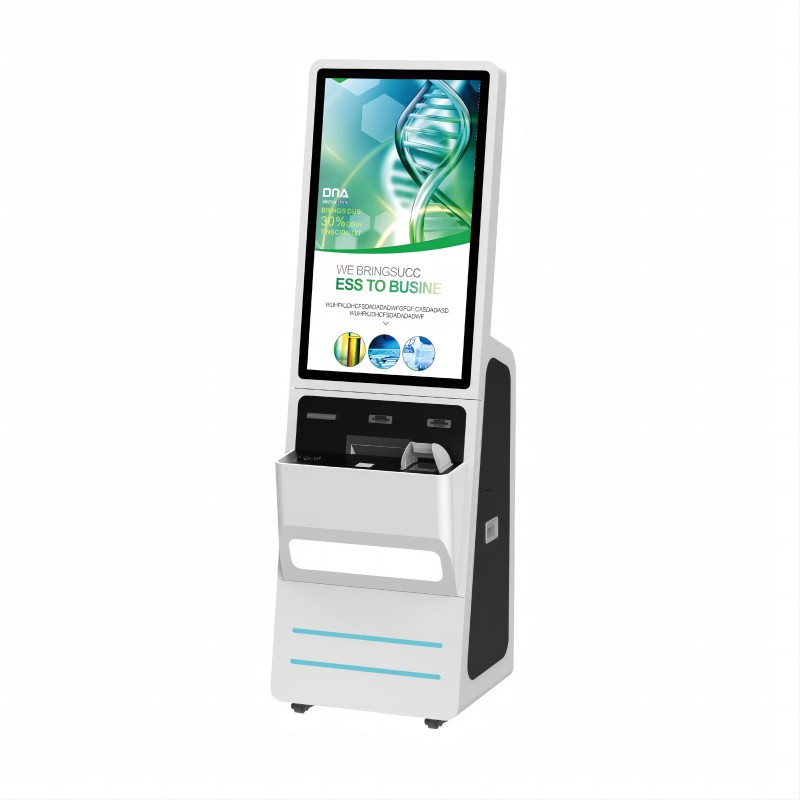
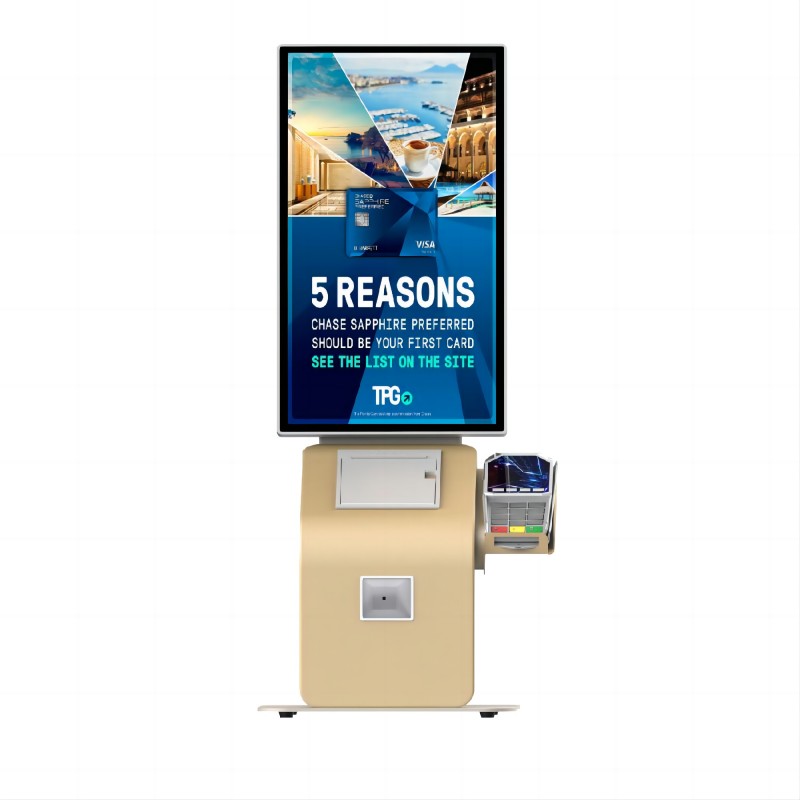
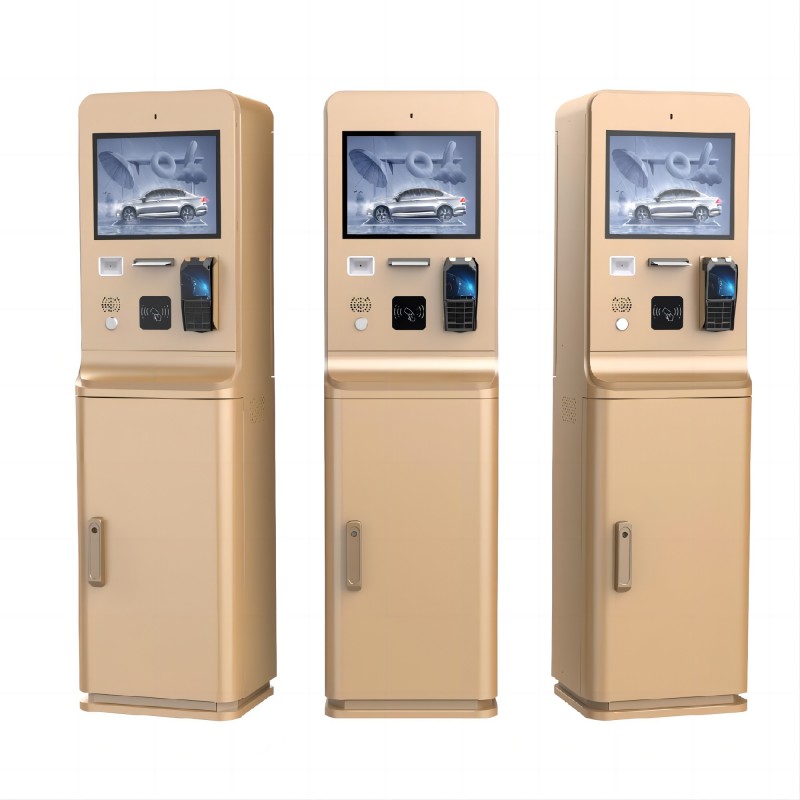
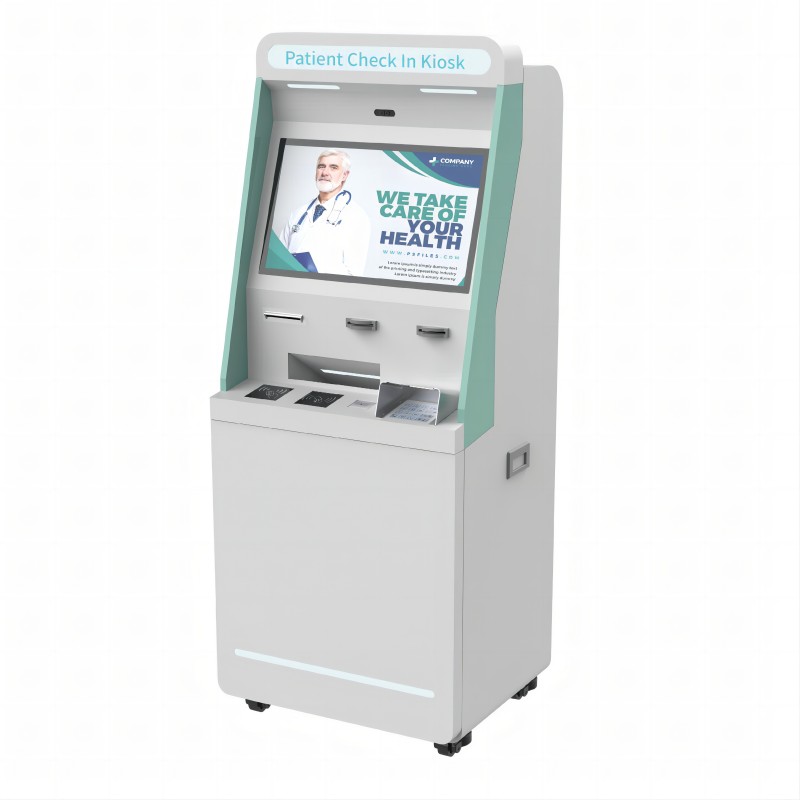
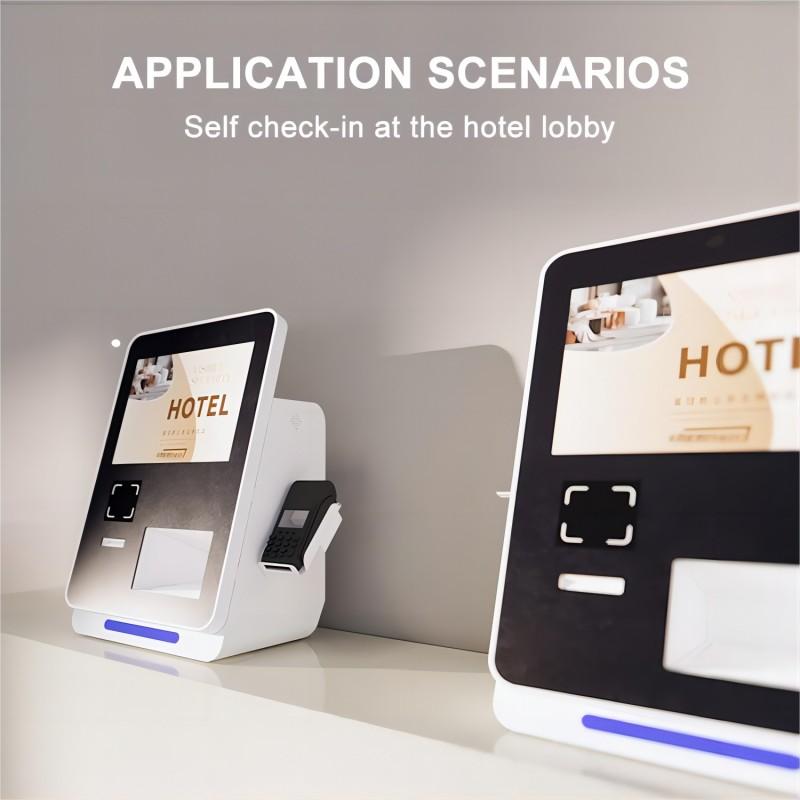
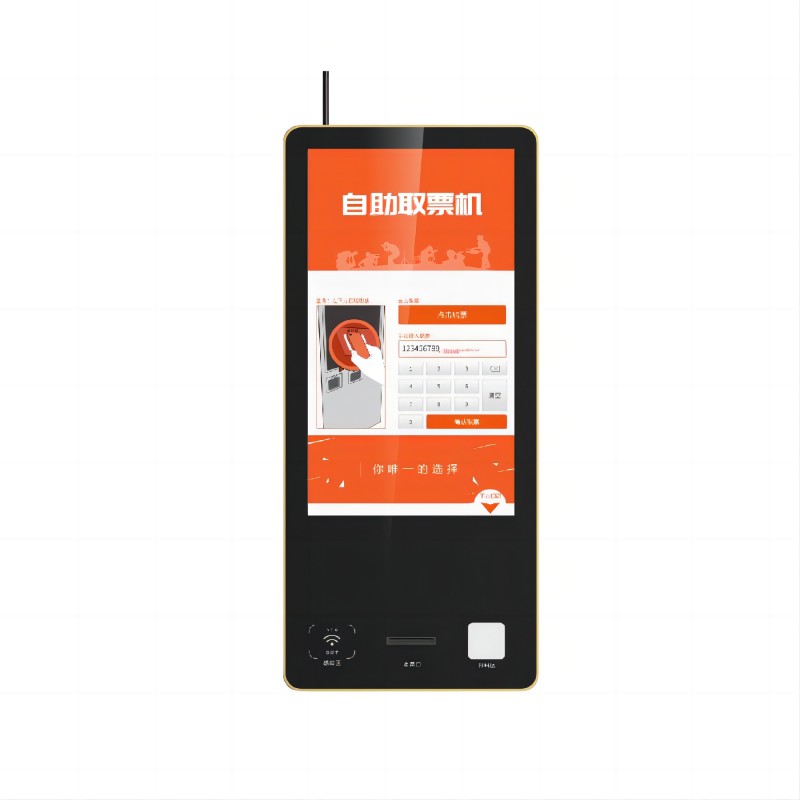
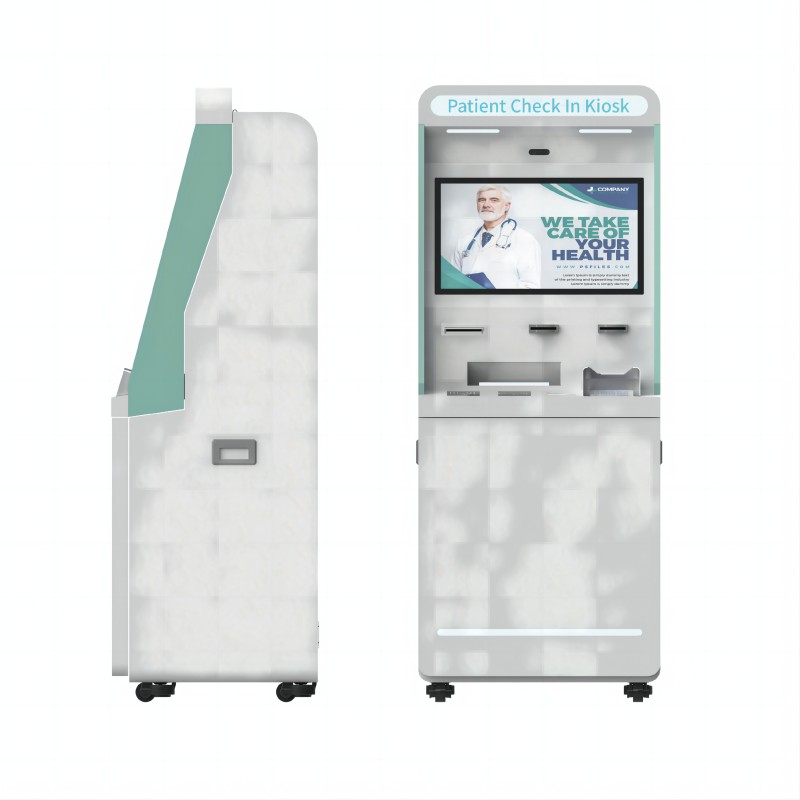
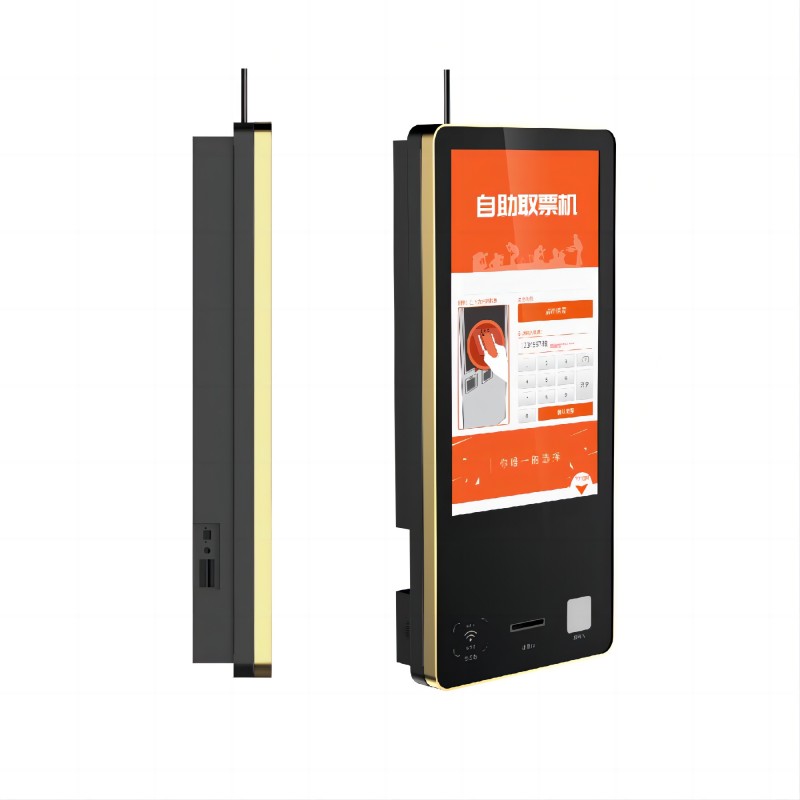
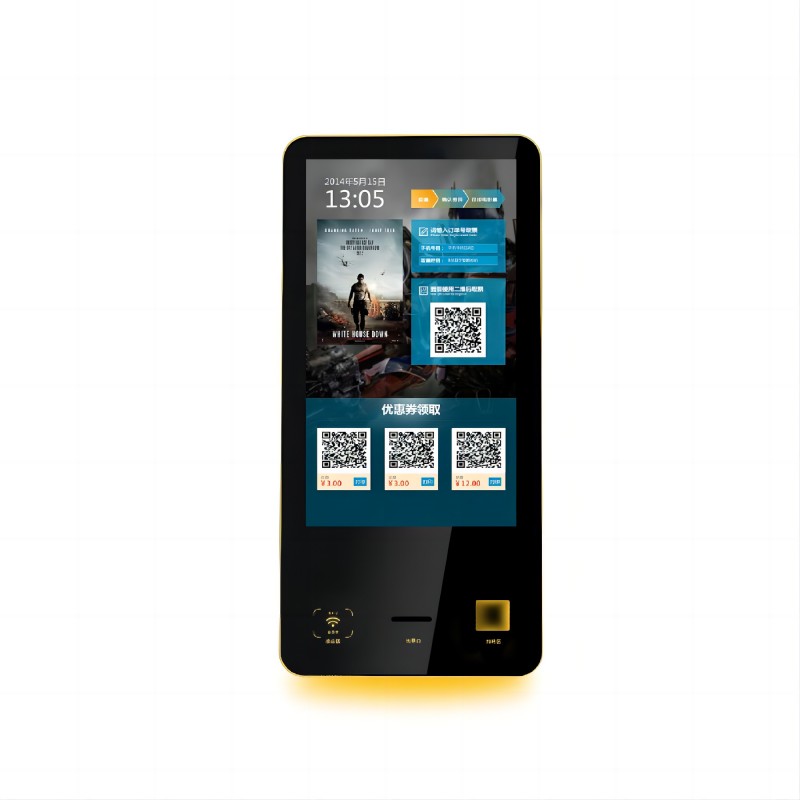
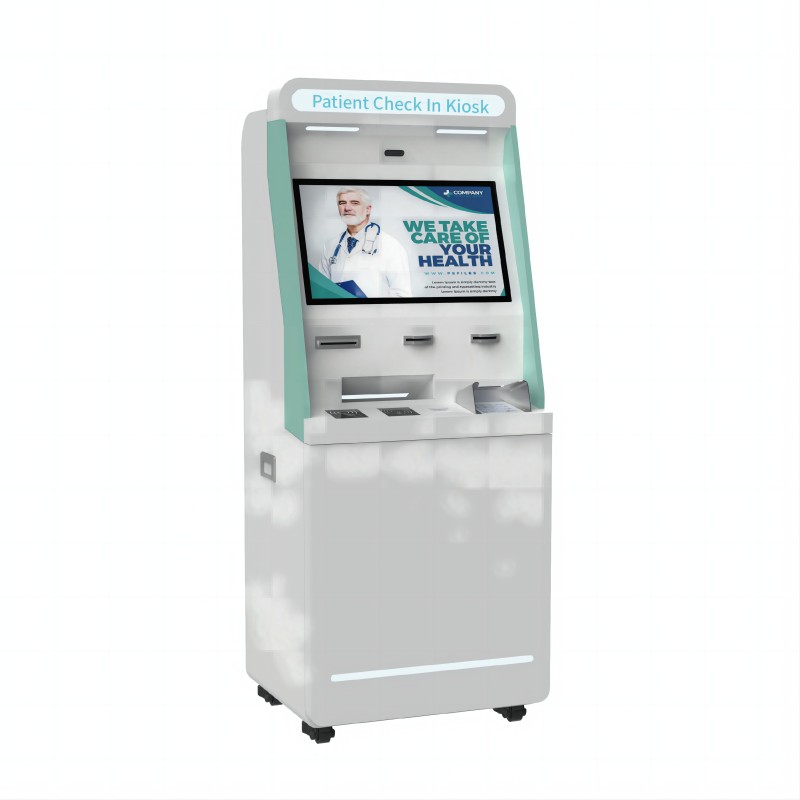
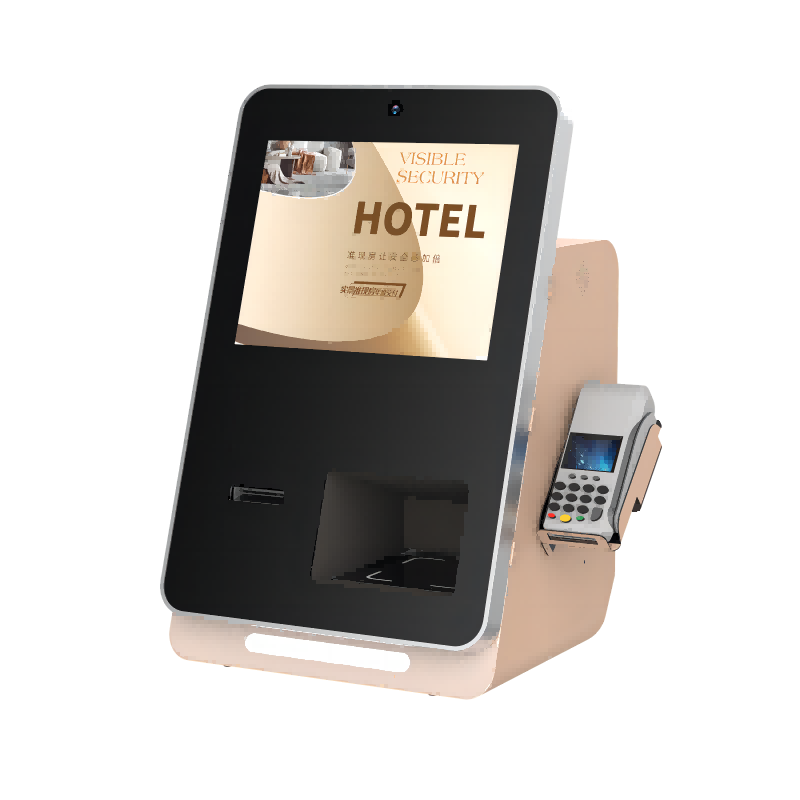
What did our happy clients say?
We recently purchased a kiosk machine from this manufacturer, and it exceeded our expectations! The lean kiosk system is efficient and user-friendly. Highly recommend their exceptional service and quality.
The kiosk machines we bought is fantastic! It’s durable, easy to use, and perfectly suits our needs. The kiosk manufacturer of Lean Kiosk System provided outstanding support throughout the process. Highly recommend!
Impressed with the kiosk machine’s performance and reliability. The lean kiosk system is a game-changer for our operations. Great value and top-notch customer service from the manufacturer!
The new kiosk machine has been a great addition to our business. The kiosk machines made from lean kiosk system are sleek, efficient, and reliable. Excellent service and support from this kiosk manufacturer—highly recommended!